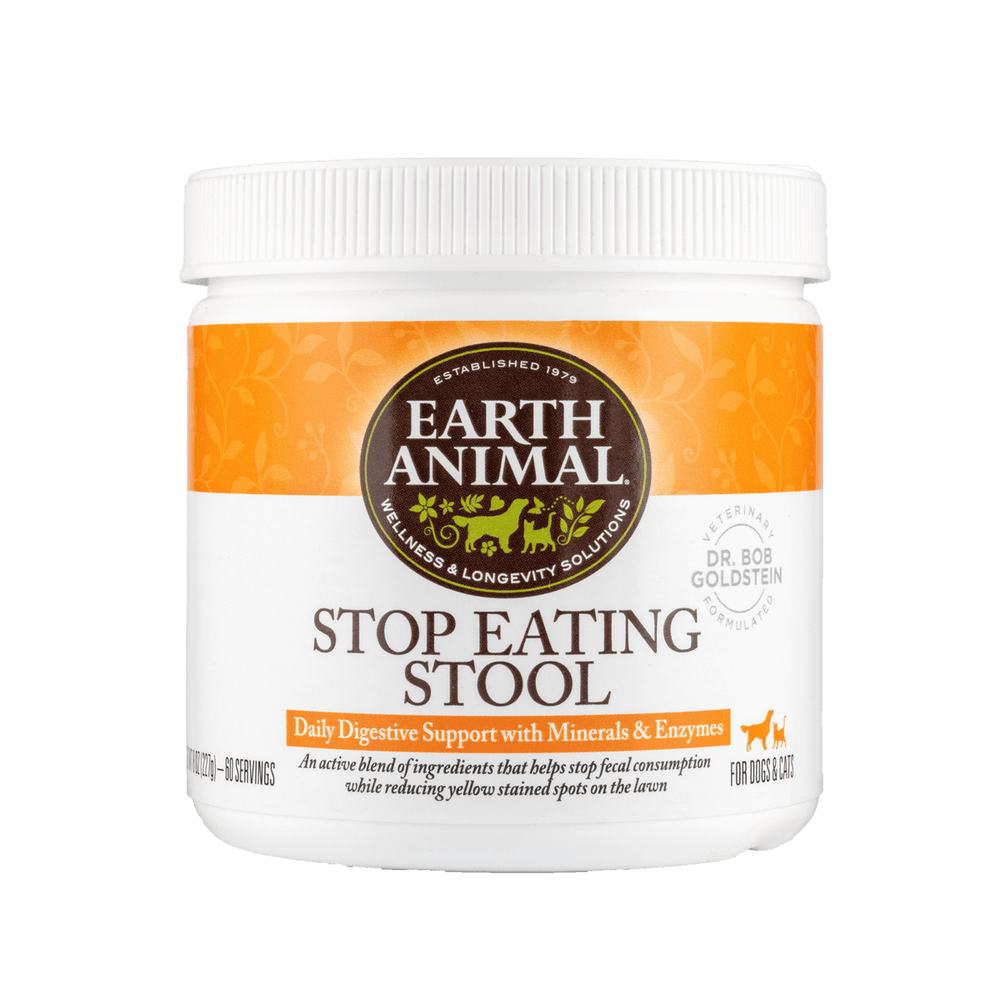Have you ever stopped to think about what animals eat? We tend to picture majestic lions devouring their prey or playful monkeys feasting on fruit. But have you ever considered that some animals, even those on Earth, might have strange dietary habits? One such peculiarity is the act of **coprophagy**, which is the fancy term for eating your own or another animal’s poop. While it sounds revolting to us, it’s a natural behavior for many creatures, and some of them even seem to give it up later in life.

Image: www.youtube.com
This practice might seem bizarre, but it’s not without reasons. Coprophagy often arises from the need to obtain essential nutrients that might be lacking in their regular diet. However, some animals seem to stop this practice as they mature or change their environment, suggesting a fascinating link between behavior, nutrition, and life stages. In this article, we’ll delve into this fascinating quirk, exploring why some Earth animals initially engage in the consumption of excrement, and what causes them to stop.
Why Do Earth Animals Eat Poop in the First Place?
The act of eating poop often provides animals with valuable nutrients and microorganisms that wouldn’t be available through other food sources. This is particularly relevant for herbivores, who often lack the necessary enzymes to thoroughly digest certain plants.
Nutrient Absorption:
Animals like rabbits and guinea pigs rely on **cecotrophy**, a form of coprophagy where they consume soft, nutrient-rich fecal pellets produced in their cecum. These pellets are packed with B vitamins, vitamin K, and protein, all vital for their health. They essentially re-digest these pellets to extract maximum nutritional value from the initial plant material.
Microbial Benefits:
Eating poop allows animals to ingest beneficial bacteria that help them break down food and absorb nutrients more efficiently. This is especially critical for herbivores, whose digestive systems are often not fully equipped to digest the complex plant material they consume. The bacteria in the feces help breakdown tough cellulose, a major component of plant cell walls, making it more readily available for digestion.

Image: lilysbathsandbiscuits.com
Social Functions:
In some animal species, coprophagy can even have social implications. For example, in certain primates, the consumption of feces can be a way of communicating dominance or identifying group members. Some researchers believe that this behavior might serve as a way to share gut bacteria, particularly in the case of young animals.
When Do Earth Animals Stop Eating Poop?
While coprophagy is generally observed in younger animals, many species transition away from this practice as they mature. This shift is influenced by a combination of factors, including dietary changes, the development of their digestive systems, and the changing needs of their bodies.
Dietary Transitions:
As young animals mature, their dietary needs change. The initial dependence on their mother’s milk and the need to supplement with readily available nutrients slowly shifts towards a diet composed of more complex foods. Their digestive systems mature and become better equipped to break down the food they consume. This transition often means they gain access to the nutrients they were previously seeking from feces.
Changes in Microbial Communities:
The microbial communities present in an animal’s gut are constantly evolving. As animals mature, their gut flora becomes more diverse and capable of digesting a broader range of food sources. This eliminates the need for the initial reliance on feces as a source of beneficial bacteria.
Social and Environmental Factors:
Social and environmental factors also play a role. As animals age, they might experience changes in their social hierarchy or environmental conditions like food availability. These changes can influence the behavior as well. For instance, in wild rabbit populations, the availability of fresh, lush vegetation can reduce the need for cecotrophy. While the exact mechanisms behind these transitions are still being studied, it’s clear that a complex interplay of factors leads to the cessation of coprophagy in certain species.
Examples of Earth Animals Who Stop Eating Stool
Many animals, especially herbivores, engage in coprophagy during their early development, but stop as they mature. Here are some interesting examples:
Rabbits:
Young rabbits are known to practice cecotrophy, consuming soft, nutrient-rich fecal pellets produced by their cecum. These pellets are high in B vitamins, vitamin K, and protein, crucial for their growth and development. Adult rabbits generally stop this practice as their digestive systems mature and they can obtain these nutrients directly from their food.
Guinea Pigs:
Like rabbits, guinea pigs also engage in cecotrophy, mainly during their early stages. This helps them obtain essential nutrients not readily available in their regular diet. As they grow, adult guinea pigs typically stop this practice.
Dung Beetles:
While dung beetles are known for their consumption of animal feces, they typically focus on the dung of other animals, not their own. However, they generally stop feeding on dung as they mature and become more specialized in the decomposition of organic matter.
Earth Animal Stop Eating Stool
Conclusion
The practice of coprophagy might seem strange to us, but it is a natural and often vital behavior for many earth animals, especially during their initial stages of development. This practice contributes to their nutritional well-being and serves important social functions. As these animals mature, their digestive systems evolve and their dietary needs change, leading them to discontinue this behavior. Recognizing these adaptations highlights the fascinating complexity of animal behavior and their relationship with the environment.
If you are curious to explore further, you can learn more about the role of coprophagy in various animal species through scientific papers and reputable online resources. Sharing your own experiences or insights about this fascinating animal behavior can contribute to our understanding of these intricate ecological relationships.






